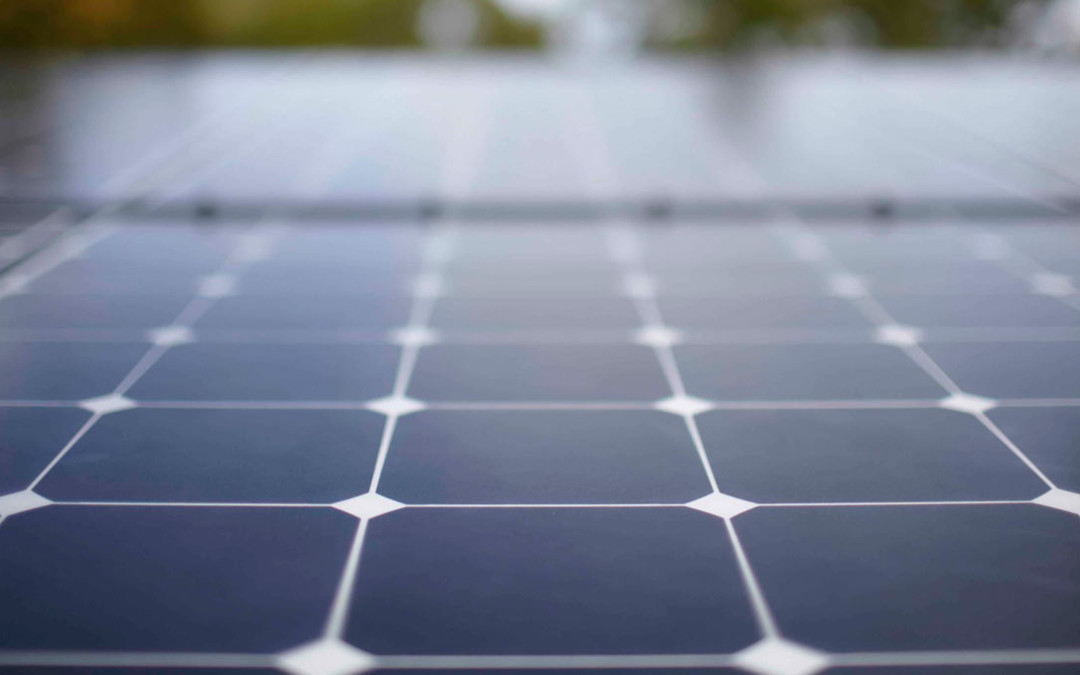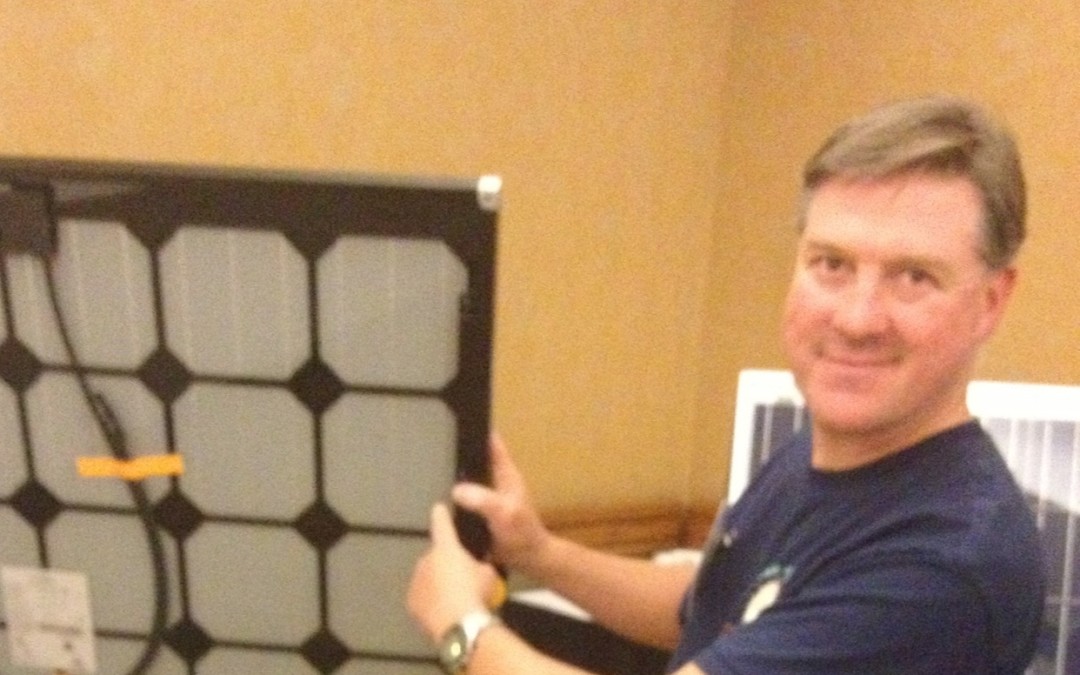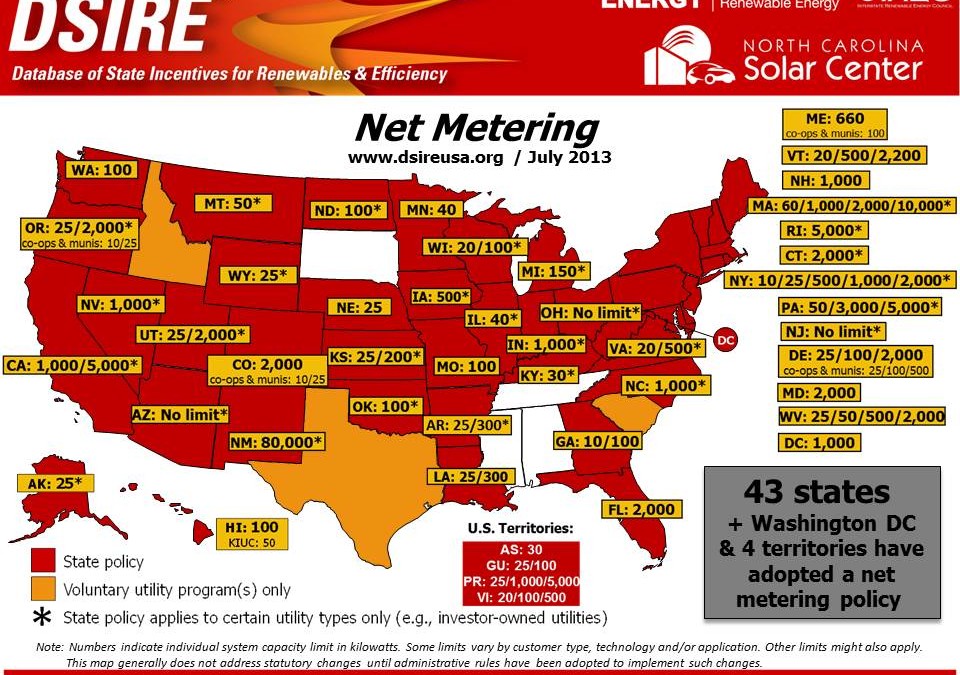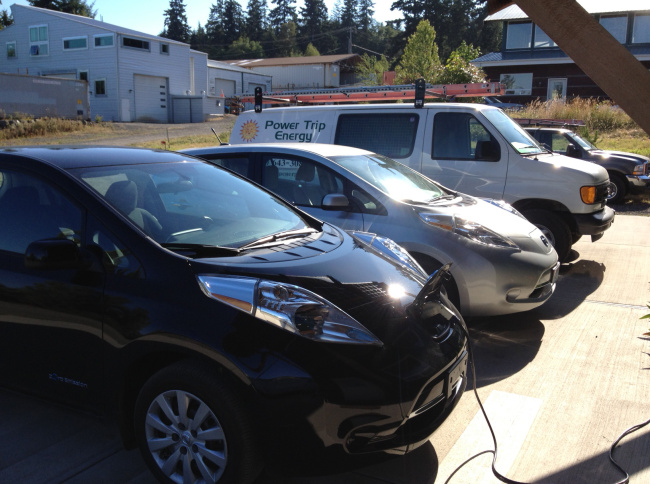JCHBA’s Home Show in Port Townsend 2025


The Port Townsend Home Show will be at the Blue Heron School on March 1, 2025. Come and enjoy the solar power produced from the 99kW array installed by our team in 2023.


The Port Townsend Home Show will be at the Blue Heron School on March 1, 2025. Come and enjoy the solar power produced from the 99kW array installed by our team in 2023.

Our friends at Wild Birds Unlimited are featured in an article about solar, the PV / EV connection, and increasing attractiveness for solar among small businesses in Washington.

It may not look like much on this rack at the front of a conference room, but this new SolarWorld SunModule Protect is a major improvement to an already industry-leading product. The use of 2mm glass as a replacement for the standard film back sheet will result in great improvements in durability. We have already seen successful implementation of similar glass-on-glass technology from the Washington-based start-up Silicon Energy 4 years ago and the NREL tests have supported the claims of durability. SolarWorld is now placing an unprecedented warranty on this product – a 30 year warranty of less than 0.35% performance degradation, meaning they guarantee they will generate at least 86.5% of the rated power 30 years from now.
We recently got a call from a lady in Kitsap County who installed Arco 30 watt modules in 1982 (31 years ago.) She claims today she is seeing about 85% of the initial power production from these modules. Through mergers and acquitions, the ancestry of SolarWorld reaches back to Arco through Siemens, and Shell Solar, now with a pedigree of over 40 years of US pv manufacturing.
We are proud to be Authorized SolarWorld dealers, found out today only 10% of the applicants to the program make it in.

This map was just sent to me and I thought it was worth sharing. The credit for this image (and lots of other great research and resources) goes to www.dsireusa,org.
Net metering is now policy in nearly 90% of the US. Net metering refers to the requirement that utilities must compensate you at the same retail price for the electricity you provide them as what they charge you per kwh. The numbers denote the limits to the size of a net metering system in each state (in kilowatts.) Here in Washington, our 100 kw limit is preventing the development of many mid-sized or large commercial systems. The residential and small commercial markets we serve are still relatively immature compared to many other states, but on a healthy growth curve, ie 70% annual growth in number of new systems installed last year, and 50% growth in average system size.

This is an interesting study that performs a Life Cycle Analysis of hybrid and electric vehicles, taking into account the cleanliness of the grid in the 50 US states, and also the embodied energy and emissions in the manufacturing process of various vehicles. The authors rightly conclude that the benefits of electric vehicles are dependent on the source of electricity they use to charge.
A couple of things the study does not appear to address are the time of day when cars are charged (many grid locations have higher CO2 emissions during peak loads) , and the presence of any distributed energy generation at the charging location. I am an advocate of marrying electric vehicles with grid-tied pv at the charging location, I think this accomplishes the cleanest charging possible, and also trumps the economics of charging from standard grid-power (not to mention filling up at the gas pump.) It also seems that as more aggressive RPS targets continue to kick in across the nation, the sources of grid electricity will be generally emitting less carbon over the coming years.
Here at Power Trip Energy, we have just ordered a Toyota RAV4 EV, which will replace the bulk of the driving we are currently doing in a 23 year old Toyota pick-up truck and a 21 year old Chevy Astro van. Although this vehicle is smaller than those other two, with the back seat down and a folding ladder in the back we will be able to use this vehicle for site evaluations and other light duty work on single story buildings within 50 miles, which describes about 75% of our projects.
We have 4 kw of grid-tied pv, currently generating about 75% of our electricity here at the Power Trip Energy shop, and we will more than double that generating capacity by the end of the year. This will cover the additional electrical consumption we anticipate from our own electric vehicle and from the other EV drivers who are using our free public charging station to recharge. As we are now seeing more occasions when there are two EVs here simultaneously, we will be adding a second charging station when we add the additional pv.
While we are moving forward with what we perceive to be the cleanest smartest energy generation and usage realistically feasible, we look forward to reading the studies of more researchers. We also look forward to installing pv systems and EV service equipment for you.